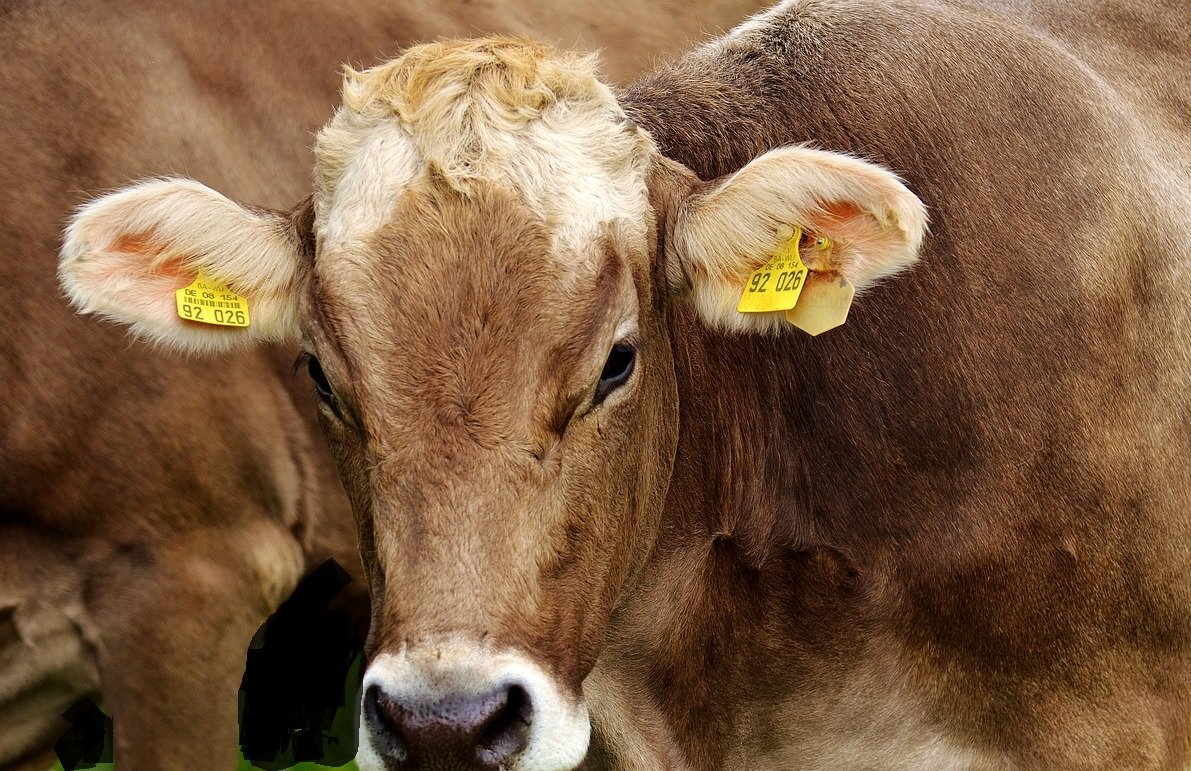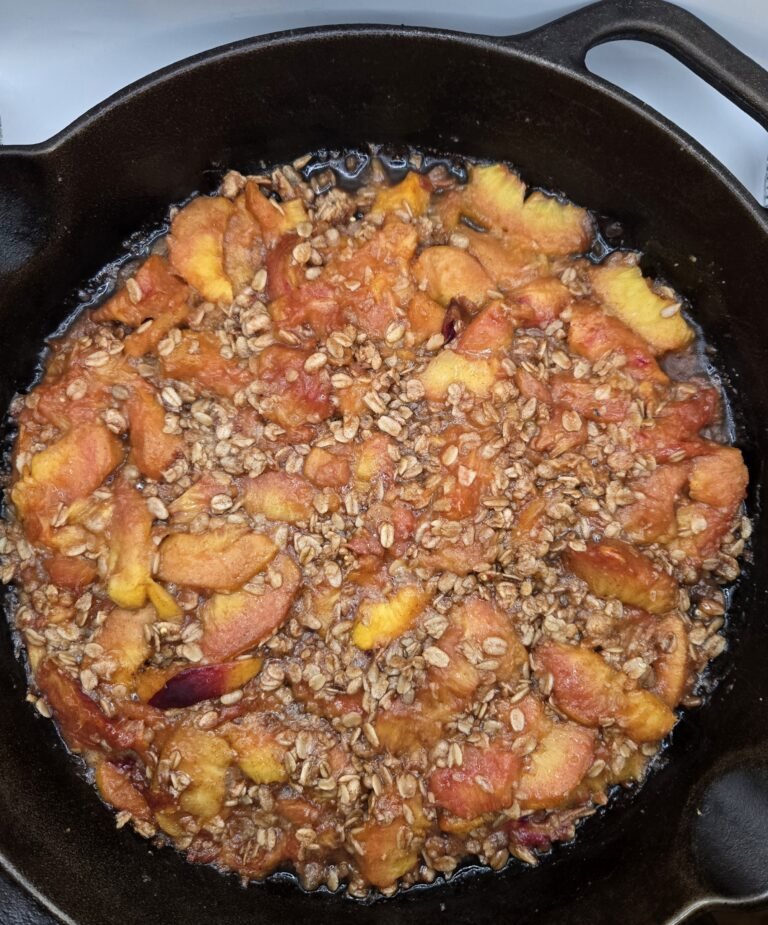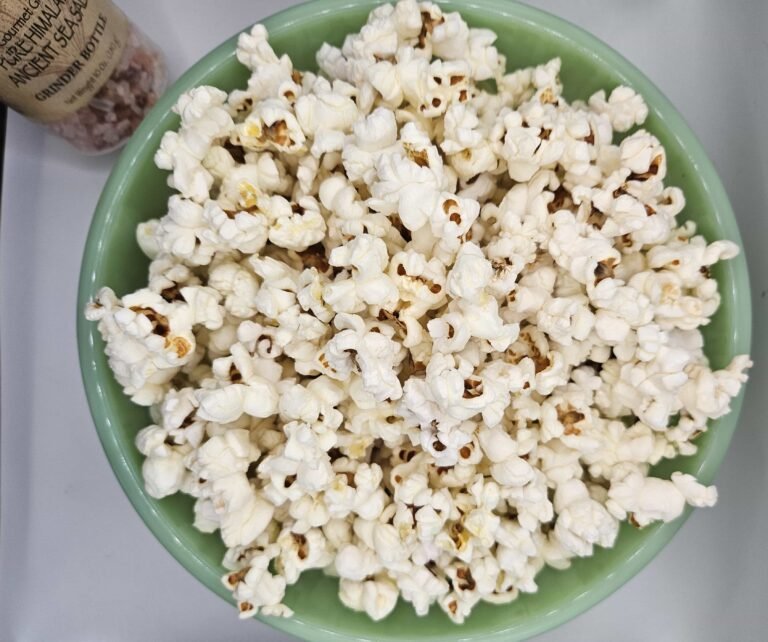
I was perusing the news and saw an article in Tech Times about a beef recall last week with possible links to mad cow disease. You see these recalls more often now. The recall was from a factory in Missouri for 4,000 pounds of beef, which I’d say is a relatively small amount compared to previous recalls. For example, in May, almost two million pounds of ground beef were recalled due to E. coli.
Mad Cow is the nickname for a disease that cows get called BSE (Bovine Spongiform Encephalopathy) because it affects their central nervous system. When people eat meat that comes from cows with BSE they can become fatally ill with a human form called Creutzfeldt-Jakob (CJD) disease, but it’s still nicknamed Mad Cow. What has bothered me since first learning of the disease is that the symptoms of CJD are similar to Alzheimer’s: dementia that causes memory loss, hallucinations, personality changes, depression, paranoia, speech impairment, and seizures before death. My grandma suffered from Alzheimer’s for years before dying, and these were her symptoms. People who die from Alzheimer’s generally do not have an autopsy to test for CJD. One of the studies comparing types of dementia looked at twelve patients in whom the clinical diagnosis of Alzheimer’s disease was made, and found BSE present in three of them. I get a quarterly newsletter from the Alzheimer’s Association (alz.org) and there are currently 5 million Americans diagnosed with Alzheimer’s.
Cows can get BSE from eating animal products, including ground-up meat from “downed” animals (those that fall, often with broken bones, and cannot be used for human consumption). The FDA now bans animal feeding operations from feeding their cattle dead cow meat, cow’s blood, and chicken waste, but it is a hard mandate to monitor. The FDA ban makes an exception for blood products and fat. The rules still permit feedlots to feed other animals’ protein to cows. Feather meal and chicken litter (bedding, feces, and discarded bits of feed) are accepted cattle feeds, as are chicken, fish, and pig meal. Some public health experts worry that since the bovine meat and bone meal that cows used to eat is now being fed to chickens, pigs, and fish, infectious prions could find their way back into cattle when they’re fed the protein of the animals that have been eating them.
Another disconcerting fact is that the incubation period for CJD could be many, even 20 or 30, years. In other words, whenever a person develops it from consuming a BSE-contaminated product, they likely consumed that product many years or a decade or more earlier.
Last week’s recall was due to the possibility that the brains and spinal tissue of older cows (3 years old) had contaminated the beef during processing, which is another way humans can contract the disease. Last month, a man in Texas died of CJD but the Center for Disease Control (CDC) said not to panic because he traveled a lot and probably ate the contaminated meat overseas.




